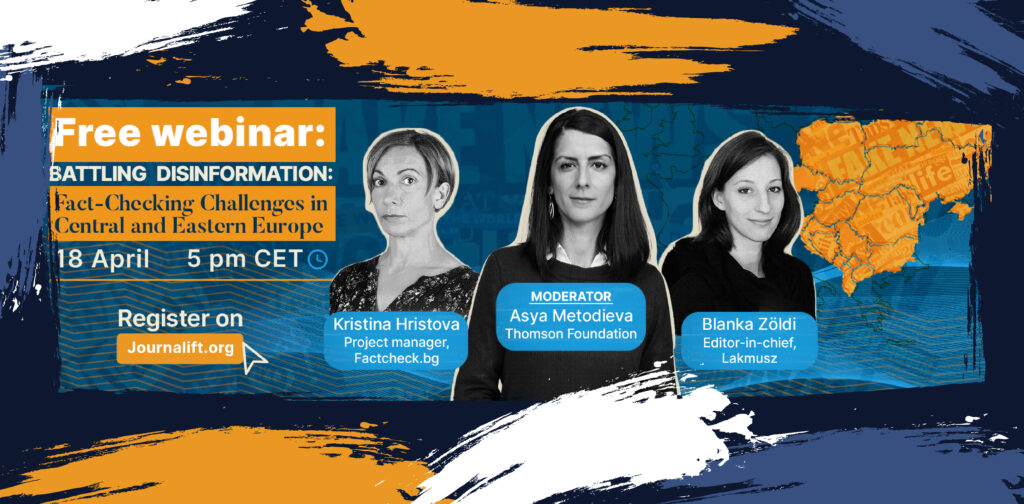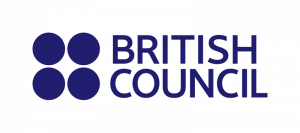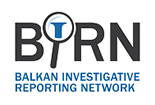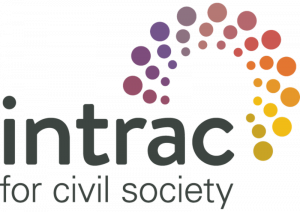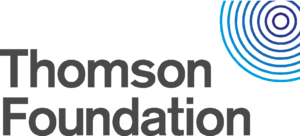Even though at first it was a peculiar novelty that many newsrooms were sceptical about (though some still are), many have been opening its doors to the practice of solutions journalism, in hopes to win over audiences which are fed up with all the bad news. Behind this journalistic practice that wants to “transform news” is the Solutions Journalism Network, an international organization “leading a global shift in journalism, focused on what the news misses most often”.
Engaging, but rigorous
According to proponents of solutions journalism, and the related practice of constructive journalism, reporting on responses to social problems is a way of providing a more accurate portrayal of the world, but also of showing audiences that the world is also full of hope and progress that newsrooms usually do not consider to be newsworthy.
Other than making journalism better, the purpose of solutions reporting is to spark engagement by telling stories that the audience will find interesting, shareable, and maybe even an incentive to act.
This, nevertheless, should have nothing to do with simple and uplifting stories – or positive news – because even though the focus should be on what is working, the reporting must be done in a journalistically rigorous way. It implies following the highest postulates of the journalistic profession, such as accuracy, impartiality, and fairness. While it is different from ‘regular’ journalism because it encourages journalists to report from a changed perspective that goes beyond presenting solely the problem, they should do it in a comprehensive way which allows the audience to critically evaluate the solutions.

Solutions-focused journalism at the BBC – a role model?
Often mentioned alongside The Guardian and its constructive stories of which some focus on solutions, the BBC is highlighted as one of the most prominent ‘players’ in solutions journalism today, not just in the UK but in the world. It reports on solutions under a slightly different name though: solutions-focused journalism. It was set up after the BBC conducted research on what young audiences, who have been tuning out, really want. It found that “64 per cent of under 35s want news to provide solutions to problems, not just news that tells them about certain issues”.
There have been several BBC’s multimedia online projects under the solutions-focused banner, but the leader in BBC’s solutions-focused coverage is the BBC People Fixing the World project, formerly known as BBC World Hacks, founded in 2016. It is an online platform with podcasts and digital video stories about “people changing their world”. The video stories are also published on social media platforms.
The BBC is still seen as a role model for other public broadcasters in the world, and therefore I was interested – both as a researcher and as a journalist – if it can uphold the same reputation in solutions reporting as well. In solutions-focused journalism’s toolkit, which is no longer available online, the practice is ambitiously set up as a way to “give a more accurate picture of the world, inspire those who seek to inform, serve the public good and help fulfil the BBC’s public purposes without jettisoning our commitment to providing accurate, independent and impartial journalism which includes holding power to account”. My aim was to check if this is the case for the BBC People Fixing the World video stories, as they were primarily intended, though not exclusively, for young audiences – the most wanted and often the most incomprehensible group many newsrooms are trying to connect with.

Studying solutions-focused journalism at the BBC
As part of my PhD course in Journalism Studies at Cardiff University, UK, I decided to thoroughly analyse the BBC’s solutions-focused video stories and talk to the journalists who made them and their editors. This was important not only to comprehensively explore the practice of solutions-focused journalism at this public broadcaster, but also to understand the issues that the newsroom is facing to implement their ideas. I explored both what information is reported on, and how the solutions stories are told. My starting point was the Karen E. McIntyre & Kyser Lough’s study in which they interviewed those who identify themselves as solutions journalists, and produced the first academic set of solutions journalism guidelines. However, my study clearly showed that understanding how solutions should be reported on becomes much different once you actually try to do it in practice, and that many ideals of doing good journalism suddenly perish.

The dangers of slipping into positive news
The way the BBC’s team perceives the practice of solutions reporting, and the way it does it in its videos, significantly differ. Even though journalists and editors on the team position solutions-focused journalism very much in line with the notions set by the BBC Editorial Values and Standards; the issues of adapting to social audiences, chasing audience metrics, and developing a video format that would please both the audience and the algorithms, reflect significantly on the journalistic quality of the stories. The notion of accuracy that solutions journalism, and journalism at the BBC for that matter, put on a pedestal, in solutions-focused video stories is often pushed into the background. Many stories lack the critical perspective that the audience needs to make an evaluated judgment about the solution that is being presented, and to understand it in relation to the problem it responds to.
BBC’s solutions-focused video stories are often – though not always – told in a way that is uplifting, interesting, positive, and simple, which should not be a problem if all the other requirements of journalism were fulfilled. However, many of the stories can often be mistaken for positive news stories, or even promotional videos of interesting solutions and the people or organisations behind them.
In this way, solutions reporting is used as a promise of better audience engagement that still cares about high-quality journalism, but the need to appeal to the audience members too often means being little or not at all critical of the solution, or not explaining the problem, its cause, and the context in which the issues arose.
Even though the flaws and obstacles I found concern only the BBC People Fixing the World’s video stories, and they cannot be applied to the whole of solutions-focused reporting at the public broadcaster, they are nevertheless indicative of what other newsrooms may encounter on their road to solutions journalism.
For this reason and based on the results of my research and identified obstacles that the BBC team faces, I produced a unique set of solutions journalism guidelines for journalists and editors. These instructions are an ‘upgrade’ of the mentioned guidelines by McIntyre & Lough, but also of the practical guidelines provided by the Solutions Journalism Network on its website.
IMPORTANT: The guidelines are publicly presented in this article for the first time, are original work of the author, and can be used as a checklist for newsrooms who are focusing on solutions reporting, with obligation of fair reference to the author.

Solutions journalism guidelines
The following guidelines concerns reporting about solutions - the information that must be included in the story in order to make it a ‘rigorous’ piece of journalism.
- The story must include and explain the problem, the cause, and the context in which it arises. Different perspectives on the problem and its effects should be presented so the audience has all the relevant information to evaluate the appropriateness of the solution.
- The story must present a solution that is implemented in real life.
- The story must explain what the solution is, including where, when and by whom it is both invented and implemented.
- The story must present and explain details on how a solution works and responds to the problem.
- The story must present and explain all relevant limitations or downsides of a solution, and limitations in actual implementation of the solution.
- The story must present relevant criticism or opposition to solution implementation, including response or feedback to this criticism.
- The story must present reliable and verifiable evidence about solution effectiveness. This evidence should be independent of solution inventors. If there is no such evidence, this must be made clear.
- The story must include voices that have direct personal experience of solution and its implementation.
- The story may include other additional information for audiences that would like to get actively involved in a solution that is presented.
While these guidelines may function as a useful framework of standards that each solutions story needs to fulfil, the way this will be done in practice significantly depends on the media environment and audience goals of every specific newsroom. The BBC developed a unique solutions video format that feeds into the audience’s preferences on digital and social media platforms, and this inevitably interfered with the implementation of journalistic and editorial values which the members of this solutions-focused team hold dear. Therefore, successfully following the presented guidelines is possible only when they are adapted and reframed to the context of an actual newsroom and its solutions reporting project. For this the expertise of a solutions journalism trainer is indispensable, along with a newsroom culture that encourages experiments and learning from mistakes.

















